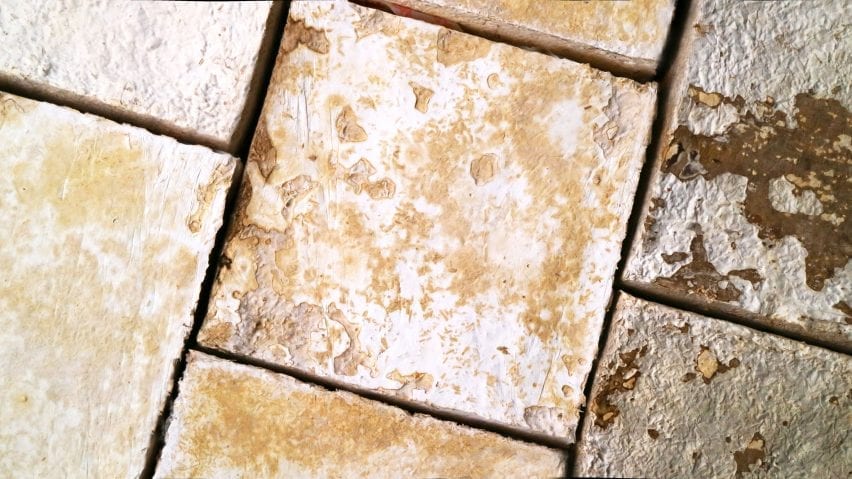
Mycelium is "part of the solution" to carbon-negative buildings
Mycelium could soon be used to insulate and fire-proof buildings while sequestering carbon, according to sustainability expert David Cheshire.
The biomaterial, which forms the root systems of fungi, is "a fantastic thing," Cheshire said.
"It's naturally fire retardant," he said. "It's actually got better insulation properties than most standard insulation and it's actually sequestering carbon."
"It's grown on waste from the agriculture industry," he added. "What's not to like?"
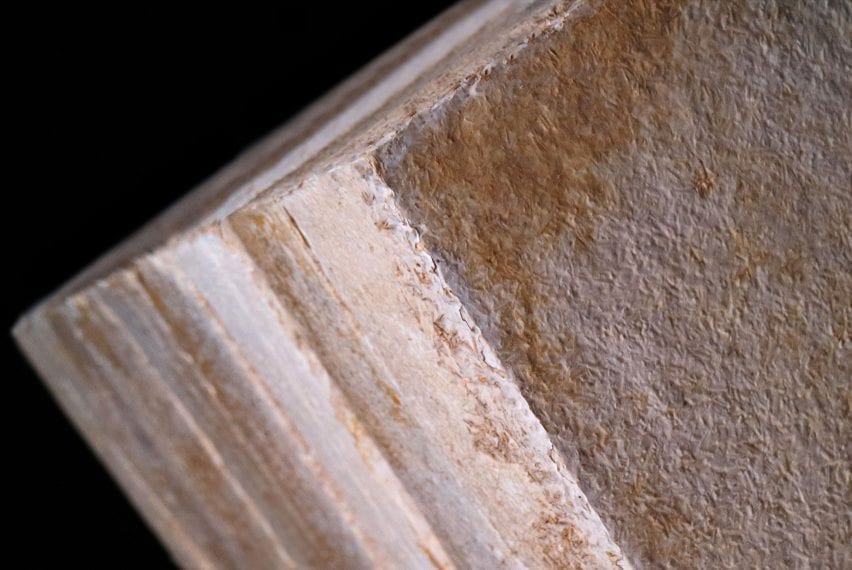
Cheshire, who is sustainability director at construction consultant AECOM, spoke to Dezeen last week when discussing the carbon performance of this year's Serpentine Pavilion.
The pavilion, which is built of materials including recycled steel, timber and cork, is carbon-negative, meaning it sequesters more atmospheric carbon in its biomaterials that it emits over its lifecycle.
AECOM testing some "really cool" new mycelium products
"We looked at various mycelium products," he said, although they eventually opted for alternative materials. "The designers wanted a material that could be exterior and the product we were looking at was for interior use," he said.
Cheshire and the AECOM team investigated a range of innovative biomaterials in an attempt to reduce the building's carbon footprint to a minimum.
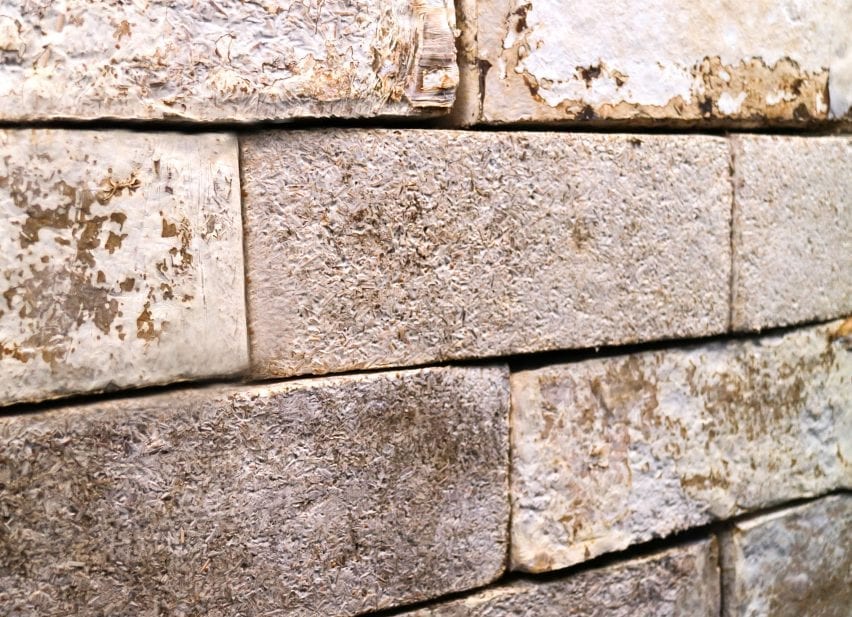
"We have been testing out some really cool new technologies and some really cool products that are just coming to market," said Cheshire, who is author of The Handbook to Building a Circular Economy and Building Revolutions, a book that explores how the built environment can become circular.
Mycelium grows in soil or on substrates such as wood in long, thread-like shoots called hyphae.
These can form into hard masses called sclerotia. It is the vegetative part of fungi, whereas the visible part, such as a mushroom, is the fruit.
Mycelium can feed on low-grade agricultural waste, sequestering the carbon stored in the biomass – which would otherwise be burned or composted, returning the carbon to the atmosphere – as it grows.
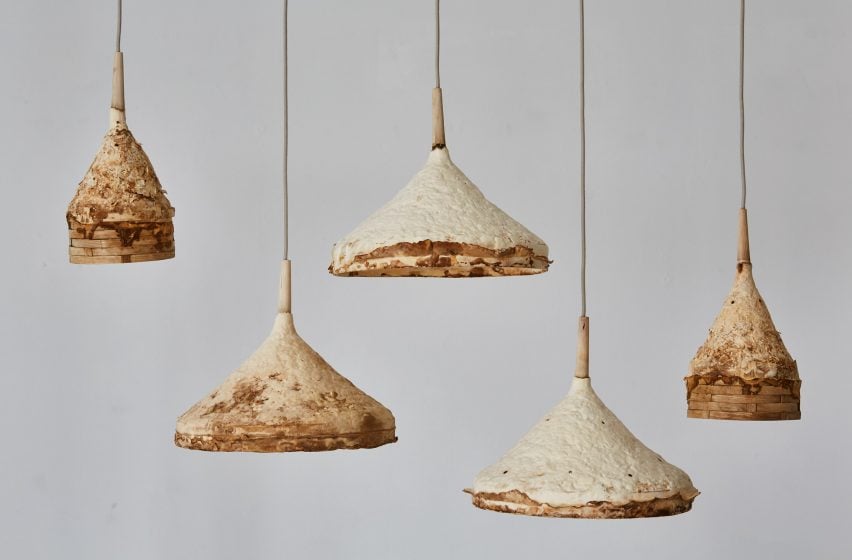
Mycelium is biodegradable and non-toxic and provides good insulating, acoustic and fire performance.
It is fast-growing and cheap to produce in custom-made bioreactors where sclerotia can be grown in moulds to create usable products such as and packaging and lamps.
It can also be processed to make new materials including leather-like products such as Mylo. These in turn can be used to produce handbags and clothes.
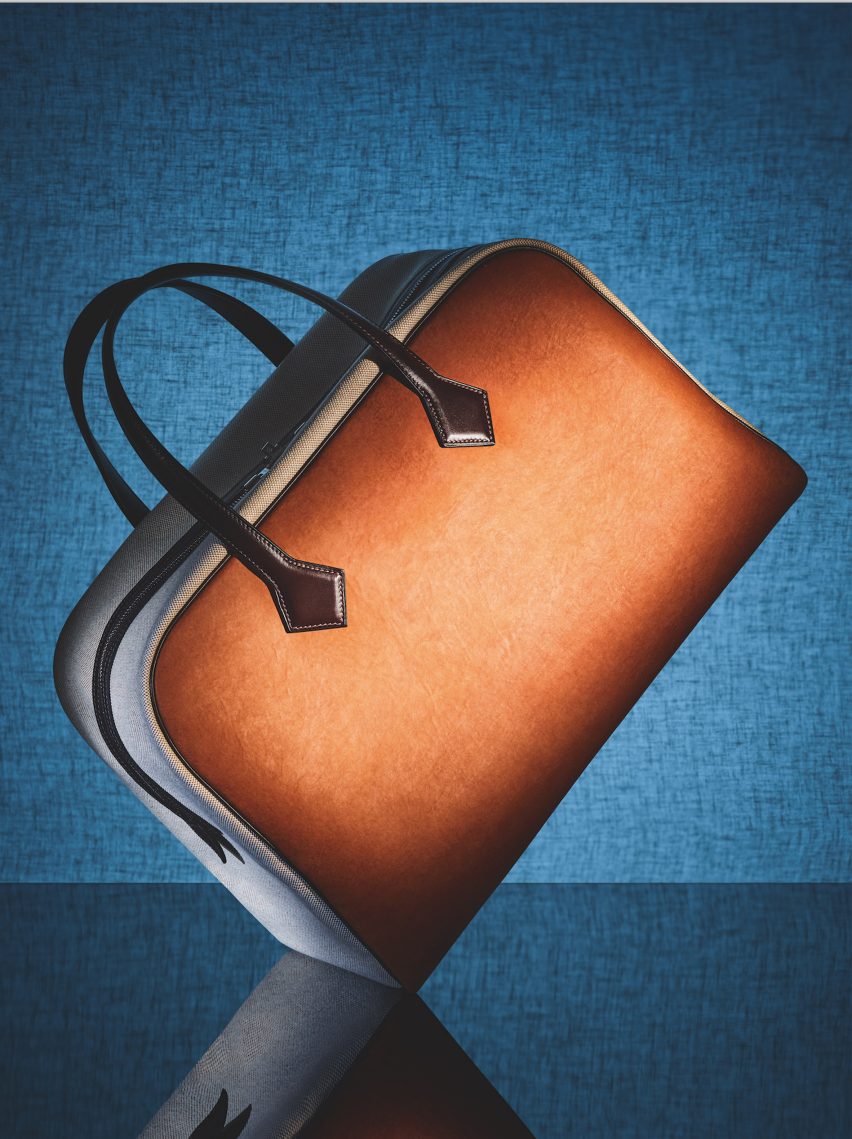
In addition, a wide range of mycelium composite materials are under development.
These can be used to replace "foams, timber and plastics for applications, such as insulation, door cores, panelling, flooring, cabinetry and other furnishings," according to a scientific research paper on the material.
"Mycelium-derived materials have several key advantages over traditional synthetic materials including their low cost, density and energy consumption in addition to their biodegradability and low environmental impact and carbon footprint," said the report.
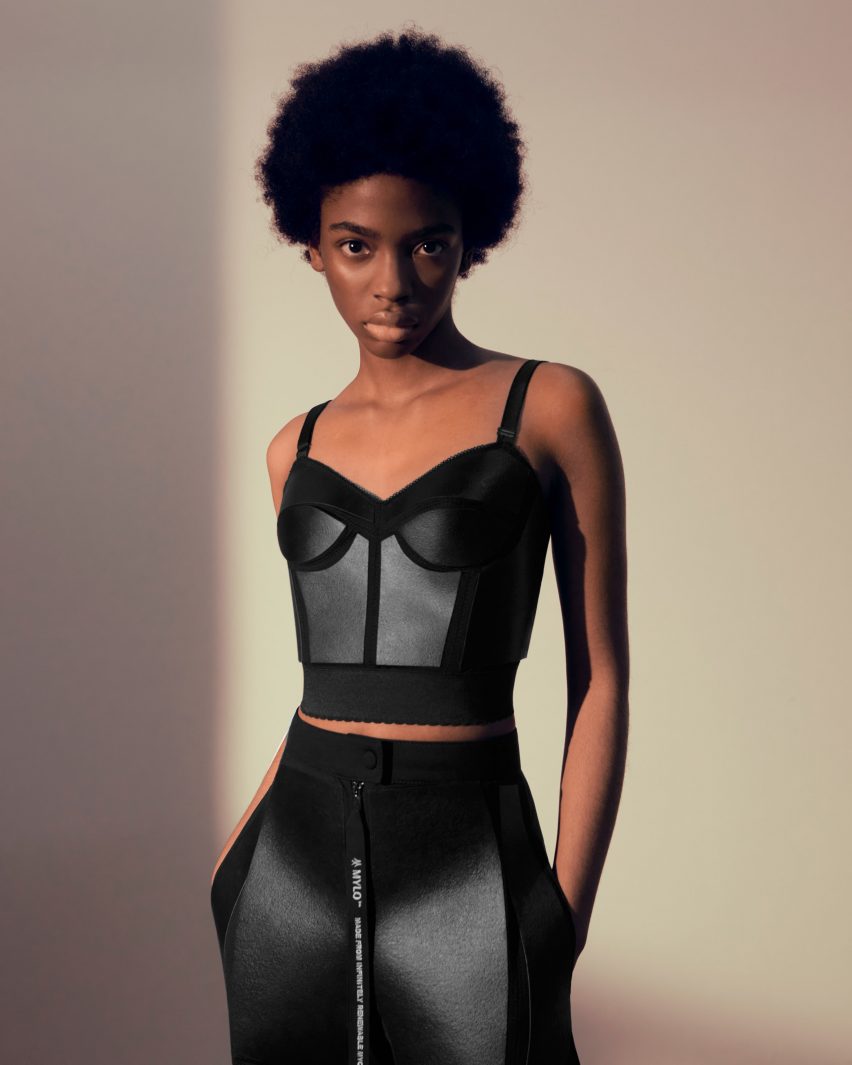
Sustainability guru William McDonough also praised mycelium in an interview with Dezeen earlier this week, conducted as part of the carbon revolution series.
"We've been working with mycelium for many years," McDonaugh said. "They have amazing properties. They can be insulation, packaging, various kinds of acoustic material."
"They can be grown in a factory on agricultural secondaries such as wheat straw or barley straw."
Biohm, a biomaterials company that produces mycelium insulation panels, claims production of the project is carbon-negative, "sequestering at least 16 tonnes of carbon per month".

Carbon revolution
This article is part of Dezeen's carbon revolution series, which explores how this miracle material could be removed from the atmosphere and put to use on earth. Read all the content at: www.dezeen.com/carbon.
The sky photograph used in the carbon revolution graphic is by Taylor van Riper via Unsplash.